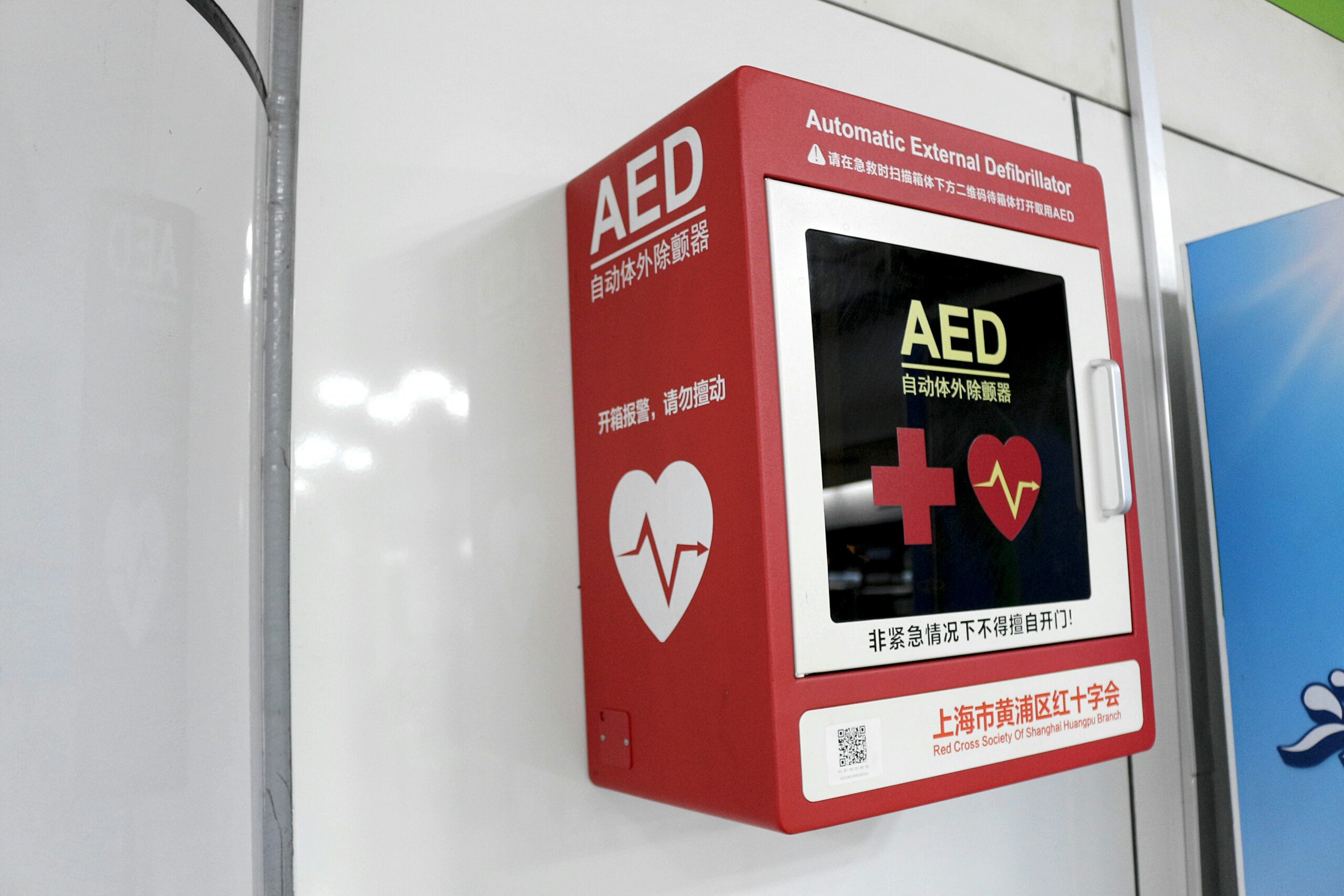Why Every Citizen Needs AED Training: The Lifesaving Skills Everyone Should Have
Sudden cardiac arrests are the leading cause of death in various countries, including the United States. The immediacy of response in such emergencies can be the difference between life and death. Automated External Defibrillators (AEDs) are indispensable tools that can provide critical assistance during such events. Recognizing the role that bystanders can play in life-threatening situations, AED training has become an increasingly vital skill for the average citizen. Below, we explore why AED training is essential and how it can empower individuals to save lives.
Understanding the Importance of AEDs in Public Health Emergencies

Automated External Defibrillators (AEDs) are lifesaving tools in cardiac emergencies, delivering electric shocks that can help restore a normal heartbeat. Quick action is crucial—survival rates improve significantly when defibrillation happens within minutes. That’s why AEDs in public spaces are so important, especially when bystanders are trained to use them.
Despite their benefits, many people don’t know how to use AEDs or where to find them. Public education and hands-on training, like AED classes in Austin, TX, are essential to boost confidence and preparedness. Empowering more citizens with this knowledge strengthens our overall public health response to sudden cardiac arrests.
The Fundamentals of AED Operation and Cardiopulmonary Resuscitation
Understanding the basics of AED operation is crucial for becoming a capable first responder in a cardiac emergency. AEDs are designed with simplicity in mind, using visual and audio cues to guide users through the process. Cardiopulmonary resuscitation (CPR) is another vital life-saving technique, maintaining blood flow to the brain and vital organs until an AED is used.
Comprehensive AED training includes CPR certification to ensure individuals are fully equipped to handle sudden cardiac arrest scenarios. Acquiring these skills is relatively simple but offers invaluable benefits for those stricken by cardiac emergencies. Training programs often include real-life simulations and practice scenarios to help participants build confidence and competence.
Real-Life Success Stories: How AED Training Saved Lives
AEDs play a crucial role in emergencies, as demonstrated by real-life success stories. A high school student’s collapse during a sports practice was saved by the school’s AED device and trained staff, highlighting the benefits of widespread AED training. In a public setting, a bystander with AED training successfully revived a patron after a sudden cardiac arrest.
These testimonials not only demonstrate the life-saving potential of AEDs but also inspire others to seek training. Healthcare professionals should advocate for broader training initiatives, as these stories demonstrate the practical value of emergency preparedness and encourage investment in AEDs and training programs.
Addressing Common Misconceptions About AED Use and Training
AEDs are often misunderstood due to misconceptions about their benefits. One myth is that untrained individuals could cause more harm than good. However, AEDs are designed for safe and straightforward use, minimizing the risk of injury. Training clarifies these misconceptions and empowers individuals. Basic courses can be completed quickly and provide hands-on experience, clarifying legal concerns and Good Samaritan laws.
AEDs are not only for healthcare professionals, but are intended for public use. Training demystifies the operation of AEDs, making it a common skill rather than an expert’s task. Many communities and organizations offer free or low-cost AED training sessions, encouraging more people to learn and enhance community preparedness for emergencies.
How to Get Certified in AED Use and Promote Community Safety

AED certification is a simple process accessible to everyone, with programs offered by local health organizations, community centers, and AED Classes in Austin, TX. Once certified, individuals can promote community safety by encouraging others to receive training, participating in local events, sharing information, and advocating for AED installations.
Certification also requires staying updated with the latest guidelines and practices, with periodic refresher courses ensuring skills remain sharp. AED certification can serve as a starting point for further education in emergency medical response and healthcare, as trained individuals often become more invested in public health and safety.
Overall, investing time to get AED and CPR trained is a decision with far-reaching consequences for public health and safety. Through this training, individuals gain the competence to act decisively during emergencies, turning what could be a moment of helplessness into a life-saving intervention. With every additional trained citizen, the safety net within our communities grows stronger, creating an environment where fewer lives are lost to sudden cardiac events and more individuals stand ready to offer their assistance in times of dire need.
